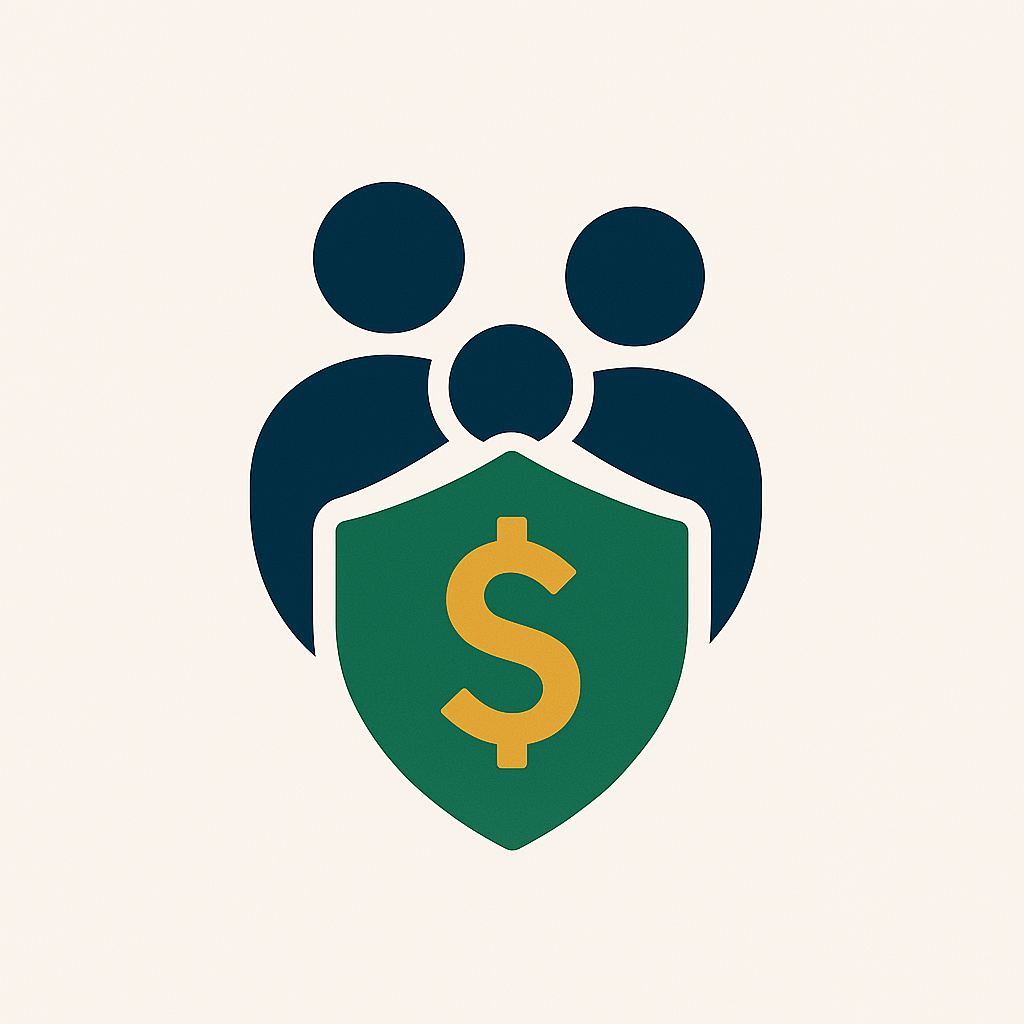My Realistic Monthly Budgeting Routine (A Breakdown)
In today’s complex financial landscape, having a clear understanding of your money and the ability to manage it effectively are more important than ever. Budgeting allows you to take control of your finances, reach your financial goals, and build a secure future.
In this blog post, I’ll break down my personal budgeting routine and provide actionable steps you can take to create a routine that works for you.
The Importance of Budgeting:
* Budgeting helps you track your income and expenses, enabling you to identify areas where you can save money.
* It allows you to allocate your funds toward essential expenses, such as housing, food, and transportation.
* By tracking your spending, you can identify areas where you can cut back or reduce unnecessary spending habits.
* Budgeting also helps you save for emergencies, unexpected expenses, and long-term goals.
My Monthly Budgeting Routine:
1. Track My Income:
The first step to budgeting is to track your income. This can be done through a simple spreadsheet, budgeting app, or even a pen and paper method. It’s important to be realistic about your income, including both earned income and any additional sources of income, such as interest or dividends.
2. Calculate My Expenses:
Once you have your income, you can calculate your expenses. This can be done by tracking your spending for a few weeks, reviewing your bank statements, or using a budgeting app. It’s important to be honest and accurate when recording your expenses, as this data will form the basis of your budget.
3. Set Financial Goals:
Based on your income and expenses, you can set financial goals for yourself. These goals could include saving for a down payment on a house, retiring, or paying off debt. Having specific goals in mind will motivate you to stick to your budget.
4. Allocate My Funds:
Once you have your income and expenses, you can allocate your funds to your different categories. Some common categories include:
* Housing
* Food
* Transportation
* Utilities
* Debt repayment
* Savings
* Unexpected expenses
5. Track My Progress:
Regularly review your budget and track your progress. This can be done by checking your income and expenses on a monthly basis, or using a budgeting app that provides detailed reports and analysis. By tracking your progress, you can identify areas where you need to adjust your budget.
6. Adjust My Routine as Needed:
Your budget is a living document that should be adjusted as needed. Life events, such as job changes, unexpected expenses, or changes in your income, can require you to make adjustments to your budget. Be flexible and willing to adjust your routine to ensure it remains effective.
Conclusion:
Creating a realistic monthly budgeting routine requires careful planning, discipline, and consistency. By following the steps outlined in this blog post, you can establish a budgeting routine that helps you take control of your finances and reach your financial goals. Remember, budgeting is a journey, not a destination, and it’s important to be patient and persistent in achieving your financial objectives.

Leave a Reply